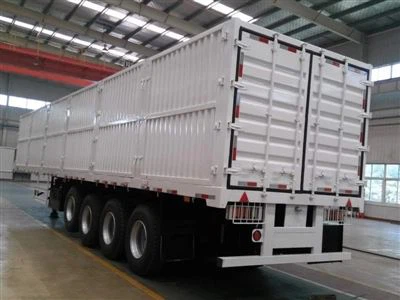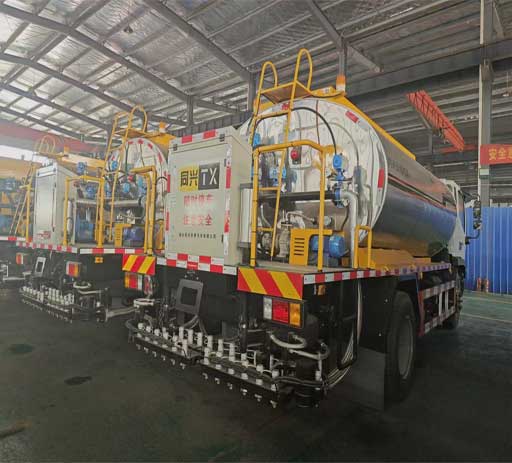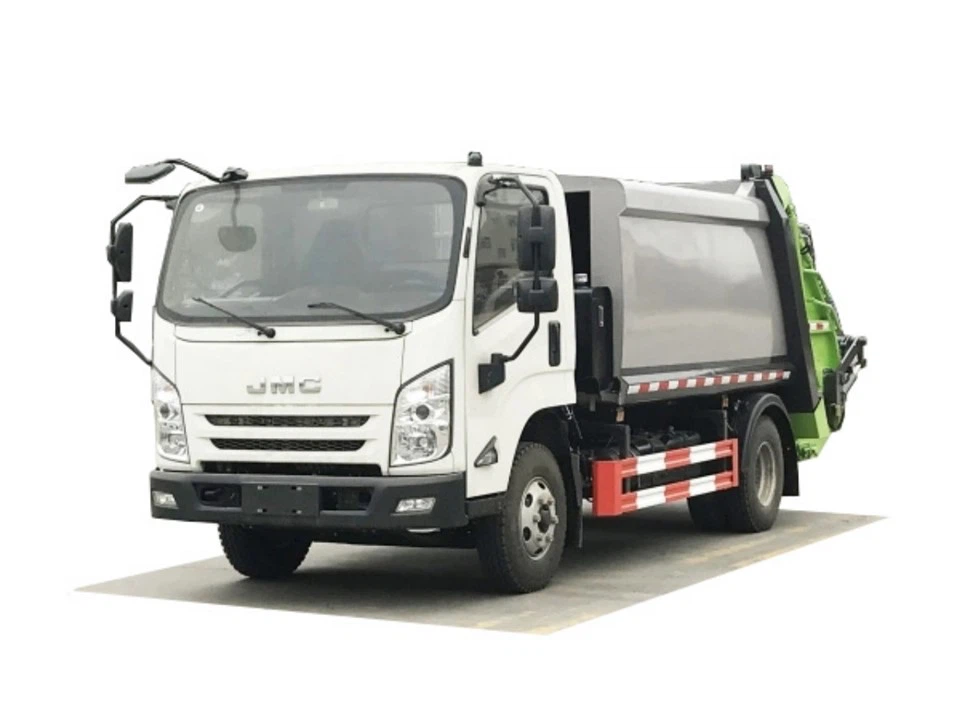When Cylinders Are Transported by Powered Vehicles: Essential Guidelines and Best Practices

Introduction
Transporting cylinders safely is critical in various industries, including manufacturing, construction, and healthcare. These cylinders often contain gases or hazardous materials that can pose significant risks if not handled correctly. Understanding the best practices for transporting these materials using powered vehicles can help ensure safety, compliance with regulations, and efficiency in logistics. This article will explore the essential guidelines for transporting cylinders, practical tips, and common questions surrounding the topic.
Types of Cylinders and Their Uses
Gas Cylinders
Gas cylinders are commonly used to store pressurized gases. These can include:
- Oxygen Cylinders: Used in medical and industrial applications.
- Acrylic Cylinders: Often found in lab environments for ease of handling.
- Carbon Dioxide Cylinders: Commonly used in beverage dispensing.
Hazardous Materials Cylinders
Cylinders used for hazardous materials, such as toxic or flammable substances, require stringent handling procedures. Examples include:
- Aerosols: Used in spray cans, often flammable.
- Cryogenic Liquids: Extremely cold gases that require specialized containers.
Regulatory Guidelines for Transportation
Local and International Regulations
When transporting cylinders, it’s essential to comply with both local and international regulations. In the United States, organizations such as OSHA and DOT establish guidelines. Similarly, the European Union has directives like the ADR (European Agreement concerning the International Carriage of Dangerous Goods by Road).
Labeling and Marking
All cylinders must be appropriately labeled according to the contents. Proper labeling includes:

- Clear identification of the contents.
- Hazard symbols, where applicable.
- Manufacturer’s name and address.
Preparing Cylinders for Transport
Inspection Procedures
Before transport, it is critical to inspect cylinders for:
- Leaks or damage.
- Corrosion or signs of wear.
- Proper sealing mechanisms.
Securing Cylinders for Transport
Cylinders must be secured in the vehicle to prevent movement. Use the following techniques:
- Straps or chains to hold the cylinder in place.
- Use of a cylinder cart for easy mobility.

Recommended Equipment
| Equipment | Description | Purpose |
|---|---|---|
| Cylinder Dolly | A wheeled cart designed to hold and transport cylinders. | Safe Handling |
| Straps or Chains | Heavy-duty fasteners to secure cylinders during transport. | Prevent Movement |
Using Powered Vehicles for Transport
Choosing the Right Vehicle
Selecting the proper powered vehicle is crucial for safe transport. Consider the following:
- Size: The vehicle must accommodate the cylinder size without overloading.
- Type: Flatbeds, vans, and specialized trailers are common options.
Driver Training and Safety
Employees transporting cylinders should undergo specific training, which includes:

- Understanding the risks associated with the transported materials.
- Knowing emergency procedures in case of leaks or accidents.
Common Hazards When Transporting Cylinders
Physical Hazards
Physical hazards can include:
- Dropping or rolling cylinders.
- Improper sealing leading to leaks.
Chemical Hazards
Chemical hazards arise from:
- Toxic gases escaping.
- Flammable materials igniting due to heat or sparks.
Emergency Procedures
Have a plan ready for potential emergencies. Key steps include:
- Evacuating the area immediately.
- Contacting emergency services.
- Utilizing safety equipment like fire extinguishers.
Best Practices for Safe Transport
Safety Gear for Transporting Cylinders
Always use appropriate personal protective equipment (PPE) such as:
- Gloves to protect hands.
- Safety goggles for eye protection.
- Steel-toed boots for foot protection.
Transport Route Planning
Before transport, plan your route considering:
- Road conditions and potential hazards.
- Proximity to populated areas.
Practical Examples of Cylinder Transport
Example 1: Medical Gas Transport
In a hospital setting, oxygen cylinders are transported from the supply room to patient care areas. Personnel need to:
- Use a dolly to move the cylinders safely.
- Ensure they are securely strapped during transport.
Example 2: Construction Sites
At construction sites, propane tanks may be transported for equipment fueling. Workers must:
- Inspect cylinders before loading.
- Utilize flatbed trucks to minimize instability.
FAQs About Transporting Cylinders
What types of cylinders require special handling?
Hazardous material cylinders, including those containing toxic or flammable substances, require special handling and training.
Are there weight limits for transporting gas cylinders?
Yes, weight limits depend on the vehicle type, and it’s essential to adhere to these limits to avoid accidents and comply with regulations.
How often should cylinders be inspected before transport?
Cylinders should be inspected before each transport. Regular inspection schedules should also be in place.
What should I do in case of a gas leak during transport?
If a gas leak occurs, evacuate the area immediately, ensure safety, and contact emergency services.
Can I transport cylinders in any vehicle?
No, specific vehicles are designed to handle the weight and securement of cylinders. Always use appropriate vehicles.
What certification is required for cylinder transport drivers?
Drivers should be certified in hazardous material transportation and receive training on the specific risks associated with gas cylinders.
Conclusion
Transporting cylinders safely requires adherence to guidelines, comprehensive training, and meticulous planning. With the proper approaches and knowledge, the risks involved can be minimized significantly.
